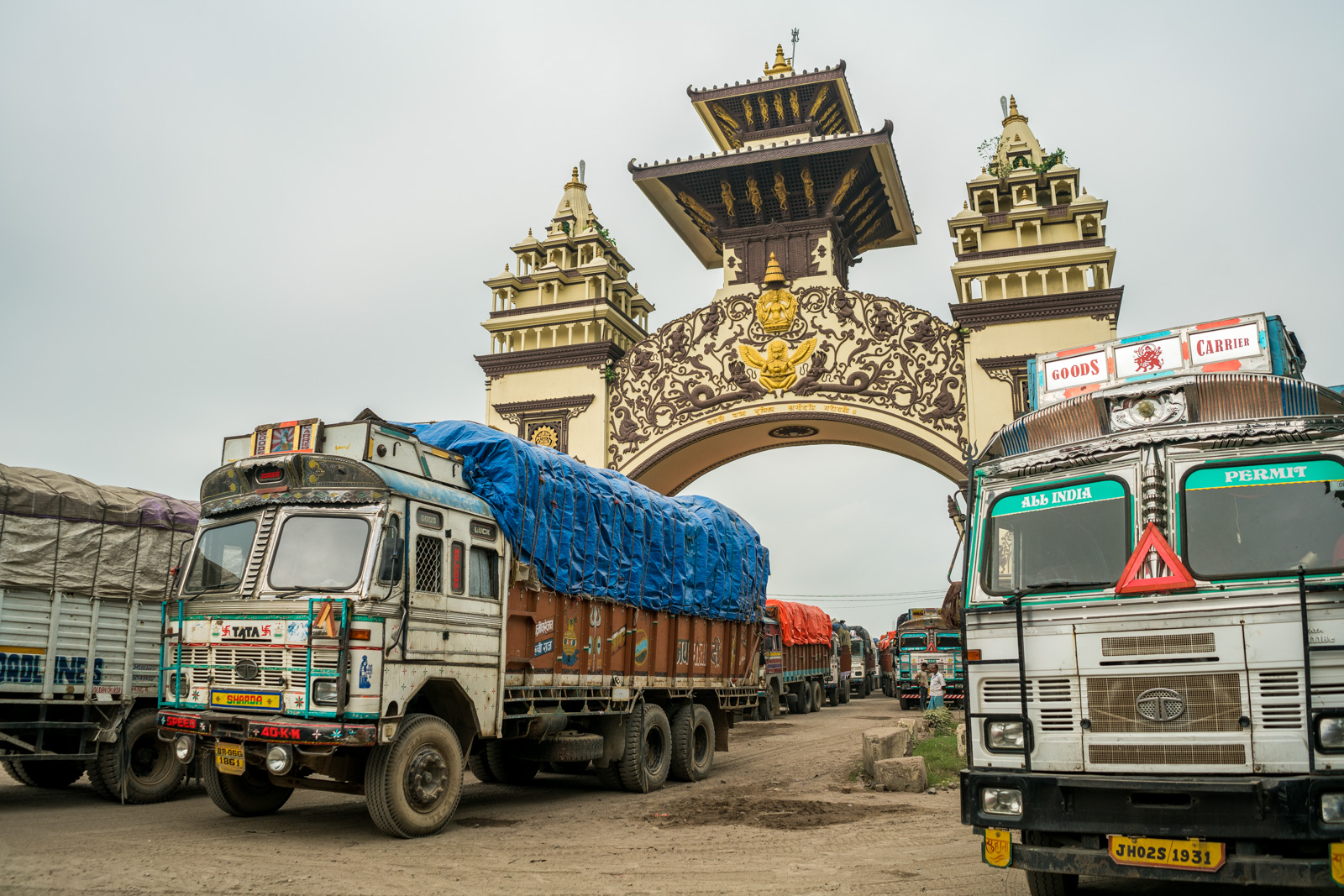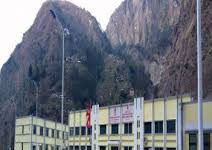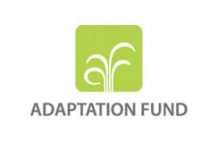Kathmandu, Feb 25.In Nepal, 73.9 percent people are involved in agriculture-related works, according to the Agriculture Census 2068 BS.
Though Nepal is presented as an agricultural country where agriculture is taken as the people’s main occupation, growing dependency on agriculture has painted a different picture. The figure shows that in the past five months, agricultural products such as rice, maize, soya bean and apple worth Rs 34.21 billion were imported in the country.
Youths, the probable agriculture work forces, have been largely migrated in search of abroad jobs. Those at home prefer to reside in urban and city areas to seek opportunities in the labor market as agriculture is not their choice and it is a multifaceted issue.
Arable land in villages and Terai are being turned to barren zone. The country witnessed the import of rice, maize, soya bean and potato worth over Rs 73 billion last fiscal year. Rice worth Rs 13.58 billion was imported in five months of the current fiscal and its import throughout the year last fiscal was put at Rs 23.87 billion. There is another statistics as well.
Maize remains as one of the major crops of Nepal, but the scenario is something opposite. In the past five months, the country spend Rs 19 billion in import of maize. During last fiscal, this figure was Rs 12.55 billion( throughout year) followed by Rs 10.63 billion and it shows that import of rice and maize is increasing every year. A large portion of remittance is being used to purchase food.
The data presented by the Ministry of Agriculture and Livestock Development at the Office of the Prime Minister and Council of Ministers Sunday, Nepal imports soya bean worth Rs 7.5 billion in the past five months. It had spent Rs 18.15 billion and Rs 16.97 billion in the import of soya bean oil in two previous years.
According to the Foreign Employment Promotion Board, around 4.5 million Nepali youths were abroad for foreign employment. A big chuck of their remittance has been spent in the unproductive sector.
According to Nepal Rastra Bank, more than Rs 755 billion had entered the country in the last fiscal year. More than Rs 4 trillion Rs 443 billion of remittance has already been received as remittance in the three quarters of the current fiscal year.
Potatoes amounting to Rs 3.99 billion was imported in the first five months of the current fiscal year. Increasing import of potatoes was attributed to producing chips. In the last fiscal year, potatoes worth over Rs 635 billion was imported.
Similarly, apples import in the first five months of the current fiscal year was recorded at Rs 256 billion while apple worth over Rs 563 billion was recorded in the last fiscal year.
The Trade and Export Promotion Centre said that the agricultural produces were being imported in a huge volume.
Slender-grained aromatic rice preferred
On the query of the Ministry of Agriculture Development on why was the import of rice being increased, the report mentioned, “Due to the increase in population and raise in per capita income, people prefer slender-grained and aromatic rice. Hence there is increasing import of such rice items.”
According to the report, the poultry enterprises were flourishing lately as more and more farmers were taking up rearing of hens and other birds. The import of oilseeds cake of maize and soybean to feed chicken has hugely increased.
When it comes to vegetables, although the import of potatoes and onions has remained high, the import and export of other green vegetables seem to remain balanced.
Way of decreasing dependency
The Ministry has brought a plan of reducing the growing dependency on other countries on agriculture produce and to make the country self-sufficient within the next 10 years. However, complaints have been received that the subsidies provided by the government for this purpose is hijacked by the middle persons and the unscrupulous people.
The Ministry has given insurance cover worth Rs 13.21 billion in agriculture crops and cattle protection. It has also provided Rs 630 million in the form of 75 per cent premium grant on this. The government has also distributed Rs 167.9 million as motivation amount based on the production for making the subsidies in the agriculture sector result-oriented.
Minister for Agriculture and Livestock Development, Chakrapani Khanal said 14 various schemes are being started to make the country self-reliant in agriculture. Five billion rupees would be spent through the Youth Employment Special Programme in all the 77 districts within 2024.
At least 500 agricultural farms would be brought into operation, 2500 people would be permanently employed and 12,500 given temporary jobs under this programme. Similarly, 5 billion rupees would be spent throughout the country under the ‘clean food and quality campaign’. Another Rs 5 billion would be spent under the agriculture market promotion project.
In like manner, Rs 50 billion is to be spent through the Farmer Welfare Promotion Programme and Rs 20 billion through the ‘One Model Farm in Each Municipality’ promotional programme. A commercial agricultural farm would be set up in every rural municipality and municipality.
The Ministry stated that Rs 2 billion is to be spent for the Cash Crop Processing and Value Addition Programme. Similarly, it plans to spend Rs 1 billion in the high value crop production chain development programme, Rs 4.05 billion in the irrigated area intensive rice production programme and Rs 1 billion in agricultural research and extension.
Likewise, Rs 1.50 billion is to be spend for implementing the Agriculture Sector Framework Programme across the country, Rs 1 billion is to be spent under the agricultural implements production promotion programme and Rs 200 million for promotion of pig farming business.
In like manner, the Nepal Livestock Sector Innovation Project is also in operation. The project that had started since the last year will run till 2025. The project that will be implemented in a total 28 districts has a budgetary outlay of 115 million US Dollars.
The government plans to increase the production of milk and meat by four per cent. RSS
















